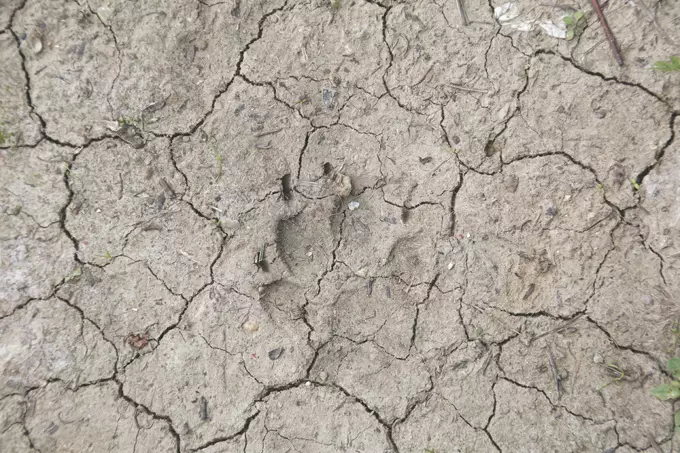Cracked paw pads in dogs can be more than a cosmetic issue; they often signal underlying health concerns. As devoted pet owners, it’s imperative to prioritize our furry friends’ well-being by recognizing the potential causes behind this problem. Conditions such as allergies, autoimmune disorders, or infections can lead to the development of fissures and cracks in the pads. Therefore, consulting with a veterinarian should always be the first step to rule out serious diseases that might necessitate further investigation, like blood tests or skin biopsies. Regular veterinary check-ups not only help identify these issues but also provide peace of mind for concerned pet owners.
The Importance of Gentle Care
Once you’ve ruled out serious health problems, the next logical step is to adopt a gentle care routine for your dog’s paws. One of the simplest yet effective ways to support healing is by avoiding rough surfaces that can exacerbate the condition. Frequent walks on jagged terrains, gravel, or hot asphalt can worsen dry or cracked pads. Consider switching to softer, more forgiving surfaces, especially during walks in winter or summer extremes. In colder months, it’s crucial to clean your dog’s paws gently to remove any irritating salt or chemicals they might encounter outdoors.
Moisturizing: Caution and Care
Moisturizers specifically created for dogs can work wonders for cracked paw pads, but caution is essential here. Only use products recommended by your vet to avoid potential allergic reactions or toxic side effects. When applying a moisturizer, use a small amount, ensuring it penetrates well. Dogs naturally lick their paws, and using too much can diminish the effectiveness of the treatment. To amend this, you can create a distraction afterward with a toy or a treat. Your vigilance and careful application can significantly help restore softness to their pads.
Booties: A Necessary Investment
While it might seem frivolous or unnecessary, investing in dog booties can provide immense benefits for both prevention and healing. These protective covers shield your dog’s paws from harsh outdoor elements—such as hot pavement, icy ground, or rough debris. However, introducing your dog to booties requires patience. They may resist initially, feeling awkward or uncomfortable in the footwear. A great strategy is to let your pet wear them around the house, gradually associating them with comfort and fun, paired with plenty of positive reinforcement and treats.
Be Mindful of Outdoor Challenges
Outdoor environments pose unique hazards for a dog’s paws. During hot months, asphalt can reach temperatures that blister pads, while winter conditions can lead to cracking caused by cold and salt. Being proactive about your dog’s walking habits and their surroundings is vital. Scheduling walks during cooler parts of the day in summer and cleaning paws after walks in winter can mitigate many issues. Awareness of the surfaces your dog interacts with will alter their overall paw health and contribute to a more enjoyable outdoor experience for them.
Recognizing and addressing cracked paw pads is essential for your pet’s comfort and health. Each precaution you take can help create a safer, more comfortable lifestyle for your beloved animal.

